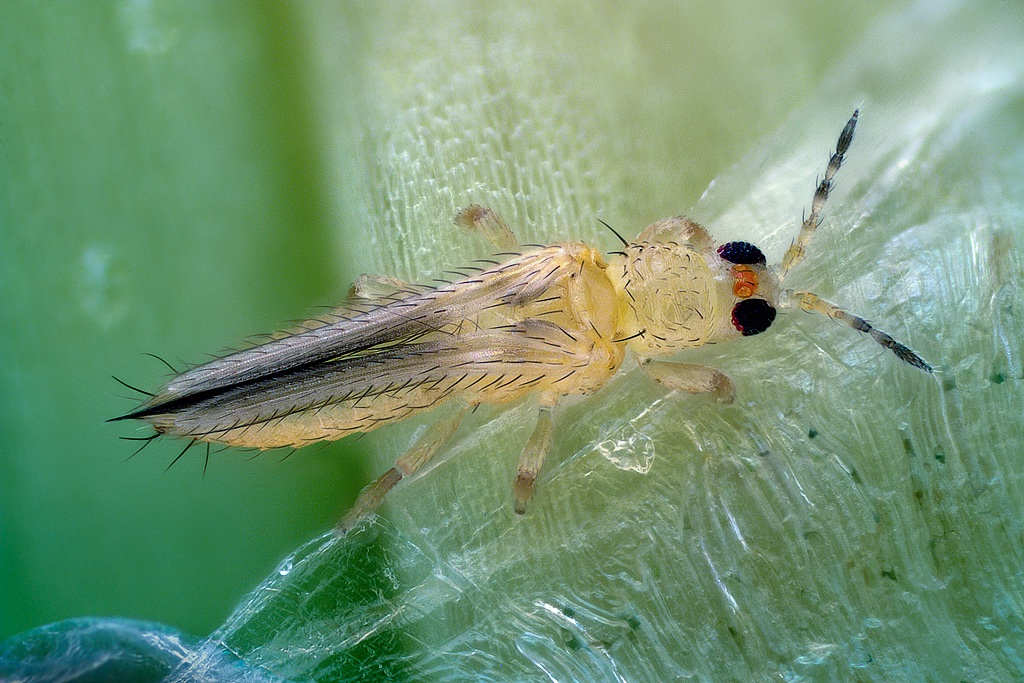Free Courses Sale ends Soon, Get It Now


Free Courses Sale ends Soon, Get It Now



Copyright infringement not intended
Picture Courtesy: https://twitter.com/thrips_id/status/1205970461311537158
Context: The invasion of Thrips Parvispinus has led to 40-80% damage in chilli crops in Andhra Pradesh and Telangana, according to Union Agriculture Minister Narendra Singh Tomar's response in the Rajya Sabha.
Key Highlights
Damage Percentage
Possible Causes
Policy Interventions
Action Plan
Polyphagous Nature
Quarantine Measure
Farmers' Response
Thrips parvispinus
Identification
Biology and Life Cycle
Feeding and Damage
|
Management |
|
|
Prevention |
●Use resistant pepper varieties. ●Monitor greenhouses and fields regularly. ●Remove weeds and debris. ●Use insect screens on greenhouses. |
|
Biological control |
●Release predatory mites or ladybugs that feed on thrips. ●Encourage natural enemies like spiders and lacewings. |
|
Chemical control |
●Use insecticides as a last resort, following label instructions carefully. ●Rotate insecticides to prevent resistance development. |
Conclusion
|
PRACTICE QUESTION Q. What is Thrips Parvispinus, recently in the news? A) A new species of flower B) Invasive pest affecting chilli crops C) Exotic bird species D) Medicinal plant Answer: B Explanation: Thrips Parvispinus has been making headlines as an invasive pest affecting chilli crops in Andhra Pradesh and Telangana. This tiny insect, belonging to the Thripidae family, has been causing significant damage to chilli plants, leading to economic losses for farmers. The outbreak of Thrips Parvispinus has become a concern in agriculture, as it has dominated or replaced native chilli thrips and caused widespread damage to the chilli ecosystem. |
© 2024 iasgyan. All right reserved